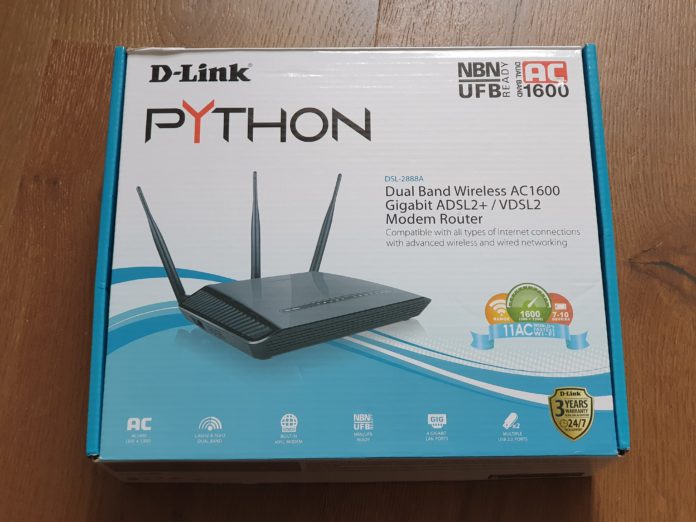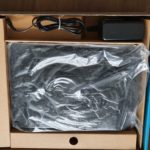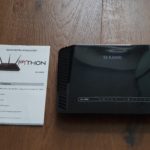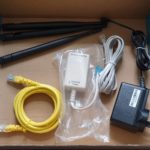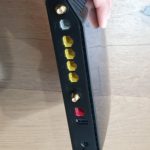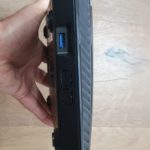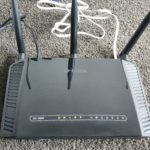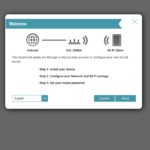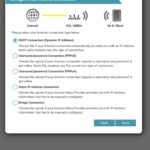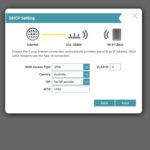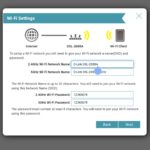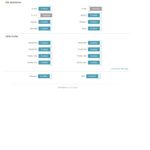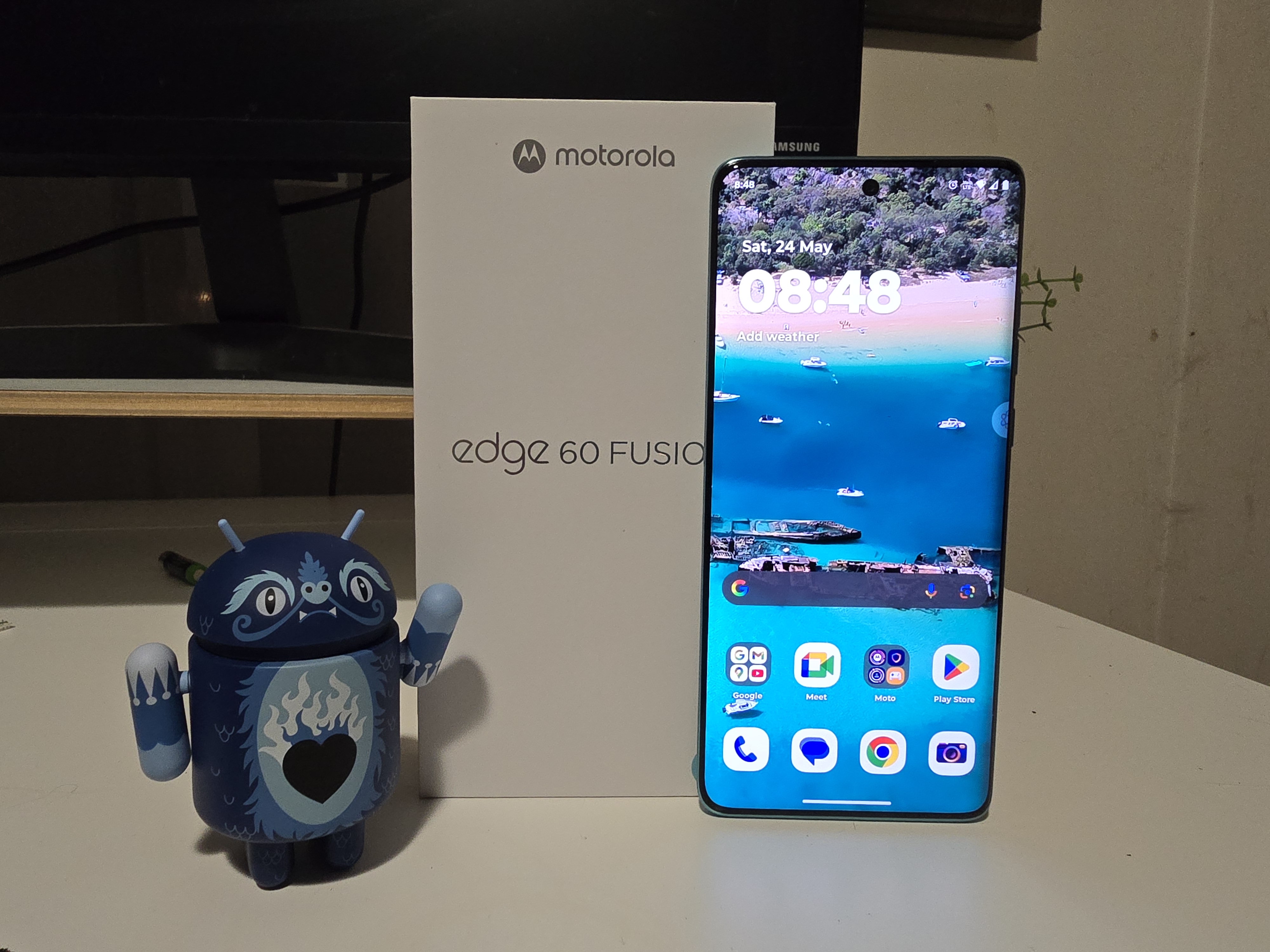Are you a good distance from the nearest NBN FTTN node? Is your FTTN phone line old, poor quality copper?
If your home or business has a NBN Fibre to the Node (FTTN) connection there are several factors which can have an impact on how fast you can connect to the Internet and how stable your connection will be.
4 Factors That Determine Your NBN FTTN Speed
Distance from the node
The 1st factor is how far away your location is from the place where the NBN optical fibre stops at a node that connects to old Telstra copper lines. You can’t control this unless you specifically buy or rent a place that’s near a FTTN node (and yes, before you ask, there’s people for whom this is a specific criteria).
Quality of your internal phone cabling
The 2nd factor is the quality of your internal phone cabling and how many sockets there are. Generally speaking the older your internal phone cabling is and the more sockets there are in the walls, the slower and more unreliable your FTTN connection will be.
If you own your own home you can control Factor 2 by paying a registered cabler to remove all but one phone socket, and redo the internal cabling so you end with one socket in the optimal location.
However as renters will know, landlords and building managers take no responsibility for (and care very little about) internal phone wiring, so you’re stuck with whatever is there and can’t change Factor 2.
The quality of your lead-in cable also affects FTTN speeds, and while this isn’t necessarily your cable to fiddle with, you can – in the case of very poor performance – ask NBN to remediate the lead-in cable.
Length of cable to modem/router
The 3rd factor is how long the phone cable is between your wall socket and the NBN FTTN modem/router. Both home-owners and renters can improve factor 3 by running a very short phone cable between your NBN modem/router and the wall socket.
Better yet, use the one supplied with your modem/router, and don’t run it near / across power lines to avoid any potential interference.
Which NBN FTTN modem/router you use
The 4th factor is which NBN FTTN modem/router you connect to your wall socket, and that’s what we’re talking about in more detail here.
Some NBN Internet service providers force you to use their own modem/router otherwise their technical support won’t help you. However there are other flexible NBN providers like Aussie Broadband and Launtel which will help you even if you choose your own modem/router.
If you do get to choose your FTTN/FTTB modem/router, interestingly the most important part of the specifications is the VDSL2 chipset – something you won’t see labelled on the retail box.
There are several VDSL2 chipset manufacturers but the short story is Australians should choose a Broadcom chipset. Avoid any modem/router with a Realtek, Mediatek or Intel Lantiq chipset, as they are less adept at dealing with challenging copper lines.
However in a few cases even Broadcom chipset modems can struggle with a particularly bad FTTN line.
Real life FTTN/FTTB modem/router testing
As a side note, NBN Fibre to the Basement (FTTB) connections used in many apartment blocks are (effectively) the same as a FTTN connection – the difference being there’s fibre to your basement / comms room instead of to some node up the street. This is good, because the copper run is usually shorter.
If you’re lucky and your building’s internal phone cabling is good quality, you could see some decent performance with FTTB, up to the full NBN 100 speeds, especially if your apartment has only one phone socket. If you have multiple sockets, it might be a good idea to get as many of them disconnected and made safe as possible.
If you’re unlucky – like me – you move into a rental apartment and find that the internal wiring is not good quality and there are 3 phone sockets. In this case, your NBN performance will be less good.
The only modem/router I had handy at the time was a really old Fritzbox 7390 with a Ikanos chipset from back in the day when I used ADSL.
The Fritzbox does support NBN FTTN (or VDSL2, technically) but only if the line is really really good quality. I found that the modem connected at 92 down/44 up but then it disconnected and had to reconnect every few hours until the connection speed was 80 down/44 up and even then it disconnected several times a day.
Then I tried a more recent Netgear Nighthawk D7000v1 (Broadcom chipset) which someone I knew nearby had spare. Surprisingly it too struggled to keep a solid connection up.
Finally I had a chat with tech journo friend Krishan Sharma who had completed the massive task of reviewing over two dozen FTTN modems.
Krishan suggested I try the D-Link DSL-2888A Phython modem/router which had achieved the second fastest FTTN download sync speed in his tests.
Sydney was still in its first lockdown period at the time so I couldn’t travel around the city looking for a shop that had the DSL-2888A in stock. Luckily a contact at D-Link was able to find a spare previously used unit that wasn’t needed in their test lab and they couriered it over.
Should you buy the D-link DSL-2888A Python FTTN/FTTB modem/router?
After setting up the DSL-2888A I’ve experienced a total of two times during the last 9 weeks when the modem has lost the connection and dropped out for 2-3 minutes while it reconnected.
This improvement in reliability compared to the other modems has been like night and day which is really important at a time when family members and myself were working from home Mon-Fri.
As a bonus, the Triductor chipset in the DSL-2888A also managed to connect and hold a faster FTTN synch speed than the other modems maintaining 95 down/44 up.
Anecdotally, comments from other DSL-2888A owners state that they managed to achieve better connection speeds on bad FTTN lines with this Triductor chipset modem/router compared to other Broadcom modem/routers they’d already tried.
Since the DSL-2888A was launched a few years ago it’s Wi-Fi capability is a bit behind with dual band (300Mbps for 2.4ghz and 1300Mbps for 5Ghz).
That may be good enough for you if you live in an open plan apartment or small house with less than 15-20 Wi-Fi devices but you might need a stronger newer Wi-Fi system in a bigger home eg: the D-link COVR-C2202 Mesh Wi-Fi Triband AC2200 I reviewed a few months ago.
The conclusion to this review is that if you want fast stable FTTN NBN the D-link DSL-2888A modem/router is a great value solution, and did wonders for my connection.
It’s much cheaper than the FTTN high end modem/routers available, so you’ll have plenty of money left to choose the best Wi-Fi mesh system or ethernet connected access points to suit your home layout.
Do note, though, that the D-link DSL-2888A doesn’t have a NBN landline VOIP phone socket, if you need that capability, you should buy the D-link DVA-2800 TalkBox2800 which has exactly the same Triductor chipset as the DSL-2888 but adds a NBN landline VOIP phone socket at the back.
The D-Link DSL-2888A Phython modem/router is available for $199 from AusPCMarket and Computer Alliance or a bit more at other retailers such as The Good Guys.
How’s your NBN?

